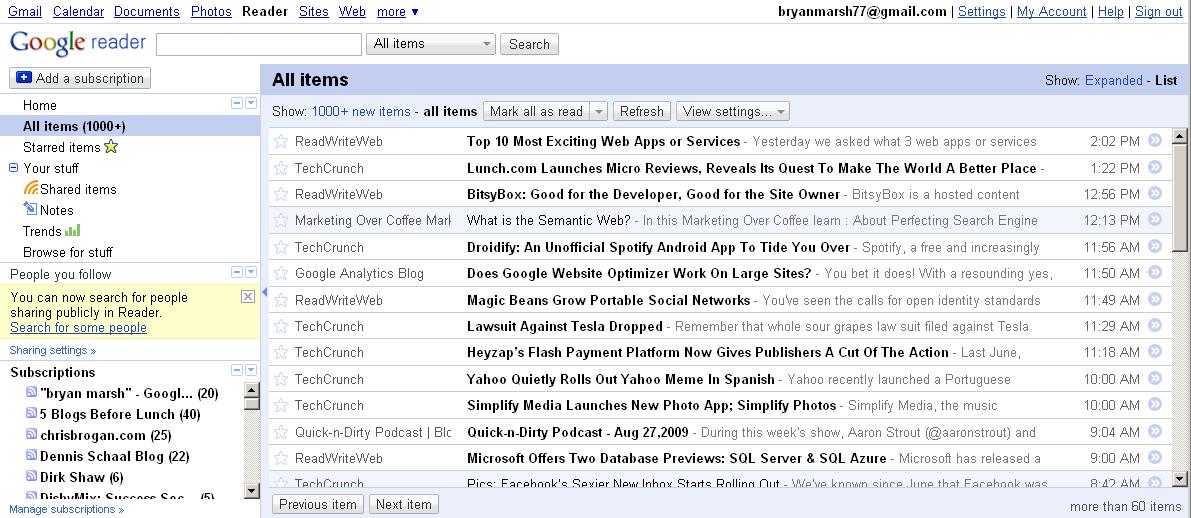


If you load that feed into your reader then you will have a constant search for ‘Dr Pepper’ at that site. You could search for that – and the results page will have a feed. Let’s say you have an interest in ‘Dr Pepper’. If you go to the web-based blog aggregators you can search inside their feeds. Your reader will deliver only the latest content to you. If you are on slower internet connection, you don’t have to visit multiple blogs and load all of their information individually.If you have a feed reader, it can check those 10 blogs every hour (or whenever you want), let you know when any have been updated, and provide you with the new content. If you have 10 friends who have blogs, then you will need to visit those blogs to view any updated content.The content of password-protected posts will not display in your blog’s feed. Your feeds are created automatically unless you mark your blog as private. The main content feed can be accessed by adding /feed/ to your blog’s URL.Īs an example, here is the feed of the official blog: The content comes to you!Įvery blog has multiple feeds. This is particularly useful to keep track of updated content from many blogs and sites without even visiting them. This is very useful, as it allows other people to monitor your blog, along with other websites they are interested in, and aggregate them together through applications known as feed readers, like the Reader or RSSOwl. A feed (often called RSS) is a stream of posts or comments that is updated when new content is published.


 0 kommentar(er)
0 kommentar(er)
